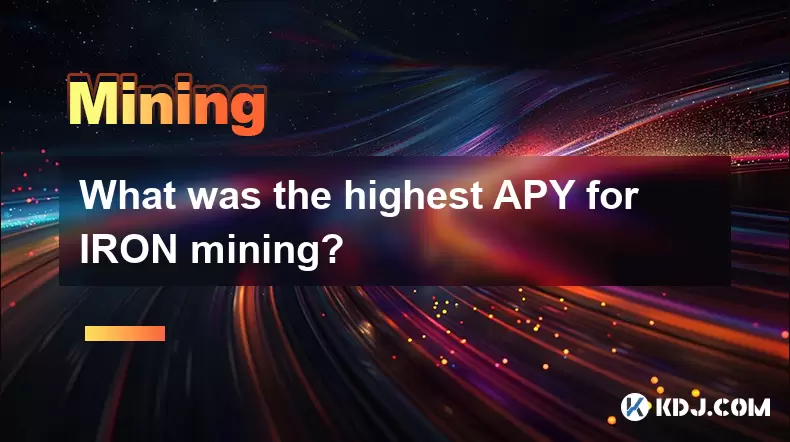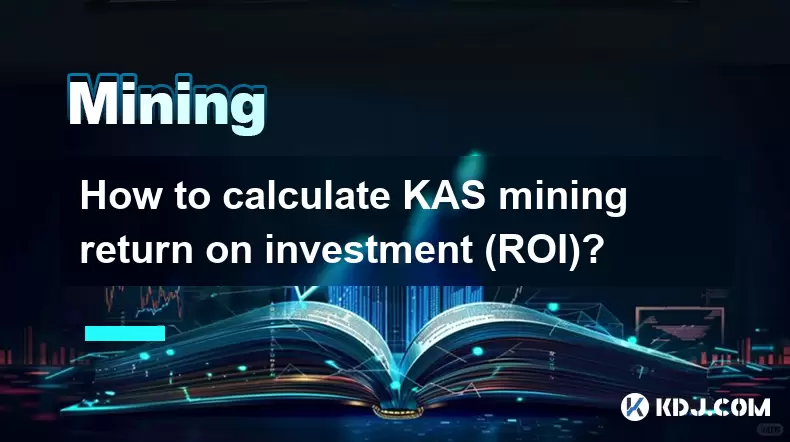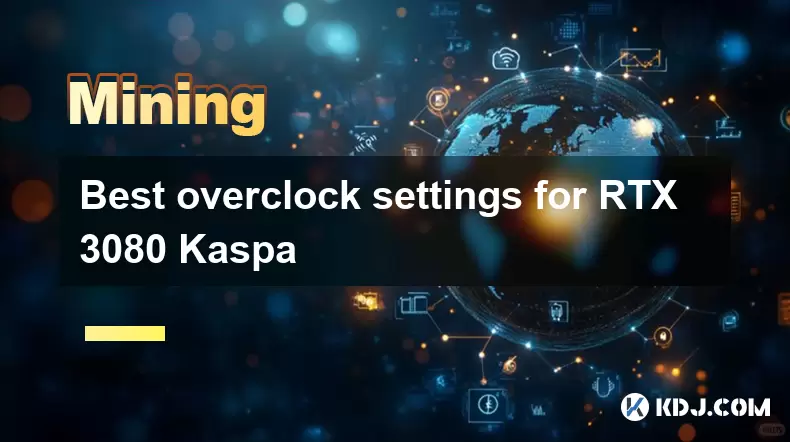-
 Bitcoin
Bitcoin $118800
1.58% -
 Ethereum
Ethereum $3746
0.77% -
 XRP
XRP $3.504
0.58% -
 Tether USDt
Tether USDt $1.000
0.01% -
 BNB
BNB $795.9
5.17% -
 Solana
Solana $202.3
1.89% -
 USDC
USDC $0.0000
0.02% -
 Dogecoin
Dogecoin $0.2660
0.42% -
 Cardano
Cardano $0.8851
0.64% -
 TRON
TRON $0.3168
2.24% -
 Hyperliquid
Hyperliquid $45.60
3.36% -
 Stellar
Stellar $0.4696
2.37% -
 Sui
Sui $3.964
0.86% -
 Chainlink
Chainlink $19.55
0.72% -
 Hedera
Hedera $0.2711
1.51% -
 Avalanche
Avalanche $25.71
0.02% -
 Bitcoin Cash
Bitcoin Cash $526.7
1.89% -
 Litecoin
Litecoin $120.5
4.40% -
 Shiba Inu
Shiba Inu $0.00001524
0.31% -
 UNUS SED LEO
UNUS SED LEO $8.994
0.01% -
 Toncoin
Toncoin $3.290
0.71% -
 Polkadot
Polkadot $4.498
2.49% -
 Uniswap
Uniswap $10.74
1.57% -
 Ethena USDe
Ethena USDe $1.001
0.01% -
 Monero
Monero $324.0
2.53% -
 Pepe
Pepe $0.00001410
0.25% -
 Bitget Token
Bitget Token $4.825
-0.16% -
 Dai
Dai $0.9999
0.01% -
 Aave
Aave $307.9
-2.13% -
 Bittensor
Bittensor $447.8
1.32%
How much can I earn mining KAS per day?
Kaspa mining rewards depend on hashrate, difficulty, and hardware efficiency, with ASICs like the Antminer KS5 offering marginal profits while GPUs typically lose money.
Jul 23, 2025 at 04:21 am

Understanding KAS Mining and Its Earnings Potential
Mining KAS (Kaspa) involves using computational power to solve cryptographic puzzles and validate transactions on the Kaspa blockchain. Unlike traditional Proof-of-Work blockchains with 10-minute block times, Kaspa utilizes a blockDAG (Directed Acyclic Graph) structure with GHOSTDAG protocol, enabling block times as fast as 1 second. This high block frequency increases the number of mining opportunities per day, which directly affects potential earnings. The total daily earnings from mining KAS depend on several variables, including hashrate, difficulty level, hardware efficiency, and pool fees.
The current block reward for mining a Kaspa block is approximately 0.00000162 KAS per hash. This value adjusts dynamically based on network difficulty and block issuance rate. Miners do not receive a fixed amount per block; instead, rewards are distributed proportionally based on the share of total network hashrate contributed. Therefore, a miner with a higher effective hashrate will earn more KAS per day than one with lower performance.
Factors That Influence Daily KAS Earnings
To accurately estimate daily KAS earnings, several key factors must be considered:
- Hashrate of Your Mining Rig: Measured in Gigahashes per second (GH/s), this determines how many calculations your hardware can perform each second. For example, an RTX 3090 GPU delivers approximately 1.8 GH/s, while an Antminer KS5 ASIC can achieve up to 36 TH/s.
- Network Difficulty: Kaspa adjusts its mining difficulty every block (every second) to maintain consistent block issuance. As more miners join the network, difficulty increases, reducing individual earnings unless hashrate is scaled up.
- Power Consumption and Electricity Cost: Mining profitability depends heavily on electricity rates. A rig consuming 300W running 24/7 at $0.10/kWh will incur a daily cost of $0.72. High power draw can erase profits if KAS price or rewards are low.
- Mining Pool Fees: Most miners join pools to receive consistent payouts. Pools typically charge 0.5% to 2% in fees. For example, k1.f2pool.com and kaspa.hk are popular pools with transparent fee structures.
- KAS Market Price: Earnings in USD depend on the current exchange rate. If KAS trades at $0.15, then 1,000 KAS equals $150. Fluctuations in price directly impact real-world value.
Step-by-Step Calculation of Daily KAS Earnings
To calculate your expected daily earnings, follow these steps:
- Determine your hashrate in GH/s or TH/s. For example, assume you have a rig with 20 TH/s.
- Find the current network hashrate. As of now, Kaspa’s total network hashrate is approximately 40 EH/s (40,000,000 TH/s).
- Calculate your share of the network:
Your Share = (Your Hashrate / Network Hashrate) = (20 / 40,000,000) = 0.0000005 - Estimate total daily block rewards: Kaspa generates 86,400 blocks per day (1 per second). With a current block reward of ~500 KAS, total daily issuance is 43,200,000 KAS.
- Compute your daily earnings:
Daily Earnings = Total Daily Rewards × Your Share = 43,200,000 × 0.0000005 = 21.6 KAS - Subtract pool fees (e.g., 1%):
Final Earnings = 21.6 × 0.99 = 21.384 KAS per day
This result means a 20 TH/s miner would earn approximately 21.38 KAS per day under current network conditions.
Hardware Options and Their Earnings Comparison
Different mining devices yield vastly different returns. Here’s a comparison:
NVIDIA RTX 3090 (GPU):
- Hashrate: 1.8 GH/s
- Power: 350W
- Daily Earnings: ~1.94 KAS
- Electricity Cost (24h): $0.84 (at $0.10/kWh)
- Net Profit: Depends on KAS price; at $0.15/KAS, revenue is $0.29/day, likely resulting in a loss.
Antminer KS5 (ASIC):
- Hashrate: 36 TH/s
- Power: 2200W
- Daily Earnings: ~38.88 KAS
- Electricity Cost: $5.28/day
- Revenue at $0.15/KAS: $5.83/day
- Net Profit: $0.55/day (before pool fees and hardware cost amortization)
IceRiver KS3 (ASIC):
- Hashrate: 28 TH/s
- Power: 1850W
- Daily Earnings: ~30.24 KAS
- Electricity Cost: $4.44/day
- Revenue: $4.54/day
- Net Profit: $0.10/day
These figures show that only efficient ASICs can achieve marginal profitability, while GPUs are generally not cost-effective for KAS mining.
Using Online Calculators for Accurate Projections
To simplify earnings estimation, use trusted mining calculators:
- Visit WhatToMine.com or Kaspa Calculator (kaspa-calculator.com).
- Enter your hashrate (e.g., 36 TH/s).
- Input power consumption in watts (e.g., 2200W).
- Set electricity cost per kWh (e.g., $0.10).
- Select your preferred mining pool.
- The tool will display estimated daily KAS mined, USD value, power cost, and net profit.
These calculators update in real time based on current difficulty, block reward, and market price, providing accurate snapshots. Always double-check inputs, as small errors in hashrate or power draw can significantly alter results.
Common Questions About KAS Mining Earnings
Q: Can I mine KAS profitably with a home GPU?
A: In most cases, no. GPUs like the RTX 3060 or 3090 produce low hashrate relative to power consumption. Electricity costs often exceed earnings, especially with KAS prices below $0.20. ASICs are the only viable option for consistent returns.
Q: Does Kaspa’s 1-second block time increase my earnings?
A: The frequent block generation increases the number of rewards distributed daily, but the total issuance is algorithmically capped. While you get more frequent payouts, the per-hash reward is proportionally smaller due to high network competition.
Q: How do I receive my mined KAS?
A: Mining pools send payouts to your Kaspa wallet address once you reach the minimum threshold (e.g., 100 KAS on f2pool). Use a secure wallet like Kaspium or Kaspa Wallet (Chrome extension) to receive funds.
Q: Will my earnings decrease over time?
A: Yes, if network hashrate increases faster than your mining capacity. As more ASICs join, difficulty rises, reducing individual rewards. To maintain earnings, you must upgrade hardware or add more miners.
Disclaimer:info@kdj.com
The information provided is not trading advice. kdj.com does not assume any responsibility for any investments made based on the information provided in this article. Cryptocurrencies are highly volatile and it is highly recommended that you invest with caution after thorough research!
If you believe that the content used on this website infringes your copyright, please contact us immediately (info@kdj.com) and we will delete it promptly.
- Arca, PENDLE, and Kraken: Navigating DeFi's Institutional Currents
- 2025-07-23 11:10:11
- Bitcoin Betting, Small Investors, and the Specter of Dollar Collapse: A New Yorker's Take
- 2025-07-23 08:50:11
- Altcoins, Binance Futures, and Bitcoin Rotation: Catching the Crypto Wave
- 2025-07-23 09:10:11
- Dianne Smith, a Spanish Doubloon, and JM Mason: A Pike County Tale
- 2025-07-23 08:30:13
- Bitcoin, Investor, and Computer Blunders: A $95 Million Lesson
- 2025-07-23 09:30:12
- Bitcoin Bulls Eye $115,000, Poised for a $120,000+ Breakout?
- 2025-07-23 08:50:11
Related knowledge

What was the highest APY for IRON mining?
Jul 23,2025 at 05:14am
Understanding IRON Token and Its Mining MechanismThe IRON token is a stablecoin that operates within the Iron Finance ecosystem, primarily on blockcha...

What is impermanent loss in IRON pools?
Jul 23,2025 at 09:00am
Understanding Impermanent Loss in the Context of IRON PoolsImpermanent loss is a phenomenon that affects liquidity providers in decentralized finance ...

How to calculate KAS mining return on investment (ROI)?
Jul 23,2025 at 10:14am
Understanding KAS Mining and ROI BasicsCalculating the return on investment (ROI) for KAS (Kaspa) mining requires a clear understanding of both the mi...

How to join a Kaspa mining pool?
Jul 23,2025 at 08:36am
Understanding Kaspa and Its Mining MechanismKaspa is a high-performance blockchain that utilizes a unique blockDAG (Directed Acyclic Graph) structure,...

Best overclock settings for RTX 3080 Kaspa
Jul 23,2025 at 10:21am
Understanding the Role of GPUs in Cryptocurrency MiningCryptocurrency mining relies heavily on the computational power of graphics processing units (G...

Best overclock settings for RTX 3080 Kaspa
Jul 23,2025 at 11:21am
Understanding the Role of RTX 3080 in Kaspa MiningThe RTX 3080 is a powerful GPU commonly used in cryptocurrency mining, especially for algorithms tha...

What was the highest APY for IRON mining?
Jul 23,2025 at 05:14am
Understanding IRON Token and Its Mining MechanismThe IRON token is a stablecoin that operates within the Iron Finance ecosystem, primarily on blockcha...

What is impermanent loss in IRON pools?
Jul 23,2025 at 09:00am
Understanding Impermanent Loss in the Context of IRON PoolsImpermanent loss is a phenomenon that affects liquidity providers in decentralized finance ...

How to calculate KAS mining return on investment (ROI)?
Jul 23,2025 at 10:14am
Understanding KAS Mining and ROI BasicsCalculating the return on investment (ROI) for KAS (Kaspa) mining requires a clear understanding of both the mi...

How to join a Kaspa mining pool?
Jul 23,2025 at 08:36am
Understanding Kaspa and Its Mining MechanismKaspa is a high-performance blockchain that utilizes a unique blockDAG (Directed Acyclic Graph) structure,...

Best overclock settings for RTX 3080 Kaspa
Jul 23,2025 at 10:21am
Understanding the Role of GPUs in Cryptocurrency MiningCryptocurrency mining relies heavily on the computational power of graphics processing units (G...

Best overclock settings for RTX 3080 Kaspa
Jul 23,2025 at 11:21am
Understanding the Role of RTX 3080 in Kaspa MiningThe RTX 3080 is a powerful GPU commonly used in cryptocurrency mining, especially for algorithms tha...
See all articles

























































































